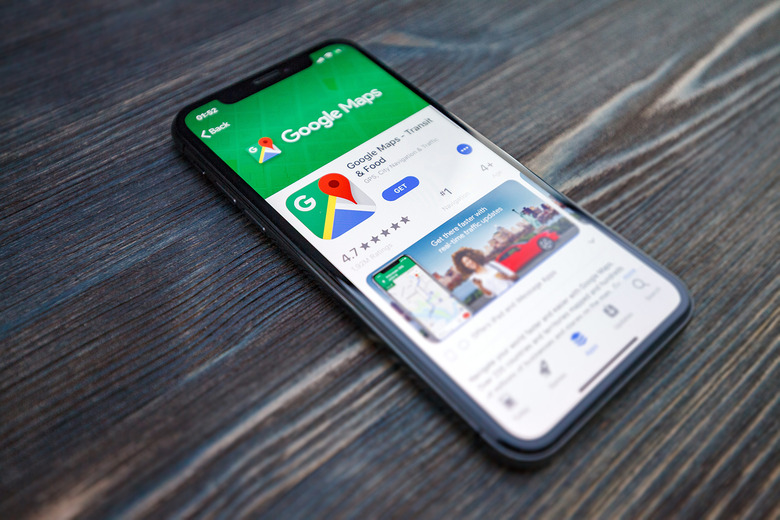Newest Google Maps Feature Has Nothing To Do With Navigation And Directions
- The newest Google Maps feature has nothing to do with navigation and directions in the real world.
- Google announced that developers looking to create AR games or traditional video games based on a real-world setting can take advantage of Google Maps data for any location on Earth that Google Maps covers.
- Developers will have access to 3D building geometries from urban settings and will be able to program levels and monsters using the built-in Maps navigation features.
Google announced a brand new Google Maps feature that has game-changing potential, literally. That's because the new technology might be based on the rich data sets that Google is using to map all corners of the world, but it's not going to be used for navigation and directions. The primary purpose of Maps is to help you get around, no matter how you travel from point A to point B. But Google has continuously expanded the service to bring additional features into Maps that help out with discovering nearby attractions, so you don't have to switch back and forth between Maps and a different app, especially on mobile. Google is now ready to let game developers use the Google Maps data to create augmented reality games like Pokemon Go or actual video games that can use the real topography of a city or region.
Pokemon Go quickly became a worldwide sensation a few years ago, and it's still popular with fans. Playing it during the pandemic might not be the best idea, however.
Google a few years ago launched its own gaming solution to bring real-world games to life, Google said in an announcement, revealing that 10 games with more than 11 monthly players have been created since then.
Going forward, any game developer interested in Google Maps data for AR games or traditional video games that can benefit from open-world settings:
Our gaming solution gives you the flexibility to either bring the real world into your game or take your game out into the real world. The Maps SDK for Unity gives you the tools to create and customize a game world based on real world locations, while the Playable Locations API helps you find the best locations to place real-world gameplay. Since the initial launch, we've added features like Mixed Zoom and Pathfinding to improve the in-game experience for your players.
Mixed Zoom is a feature that lets developers provide a high level of details for areas close to the player. Areas that are further away will have a lower level of detail. This could reduce the processing load and improve battery life on a mobile device.
The Pathfinding feature is based on Maps' navigation feature. Developers will be able to program "monsters to chase a player around, to flying a plane to drop off supplies at a safe house, to collaborating on missions through a futuristic city."
Game developers will have all of Google Maps' data to play with, including millions of 3D building geometries and urban settings, as well as any location in the world that Google already mapped.
While AR games might seem like the obvious thing to do with the help of this technology, it's actually video games that could get more exciting. Think games like The Last of Us 2, which takes place largely in Seattle. Bringing that sort of a massive city to life might be a lot easier to pull off with real-world data readily available from Google Maps.
Developers interested in using Google Maps data in their games will find all the documentation and instructions at this link.
